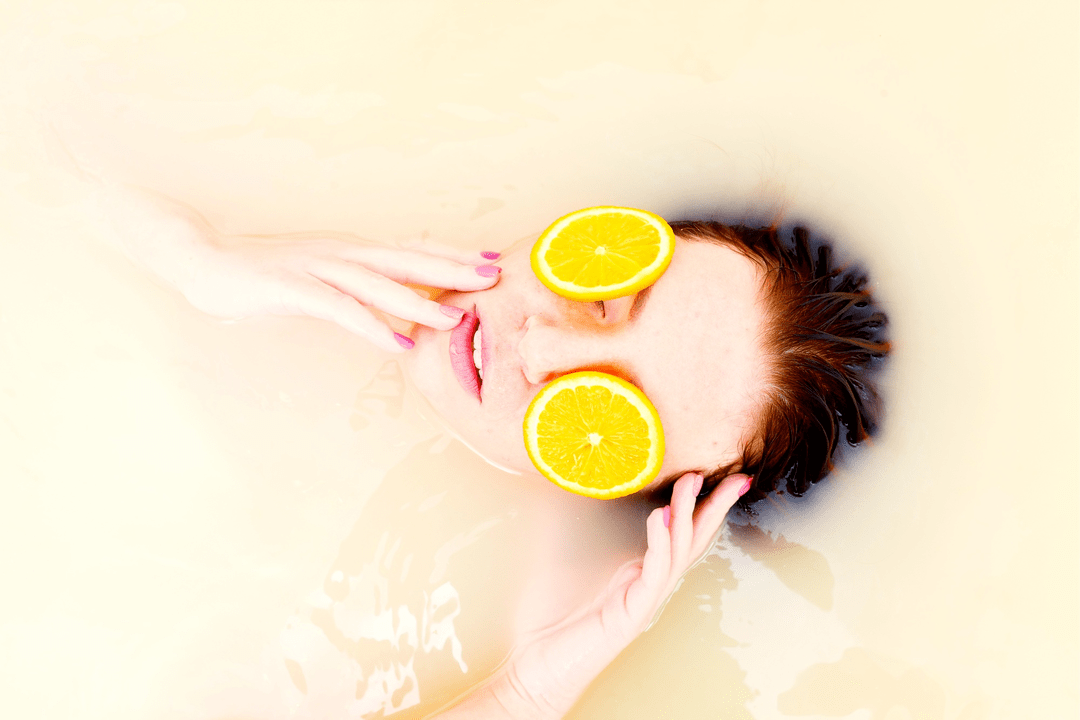
Natural aging processes, genetics, the impact of external negative factors contribute to a change in the texture and appearance of the facial skin. Cosmetics and procedures aimed at rejuvenation help to restore her health, elasticity and smoothness. We will tell you in detail about the most popular in dermatological practice below.
Depending on the goals and degree of exposure, superficial and minimally invasive anti-aging procedures are distinguished. They are aimed at solving a number of dermatological problems:
- replenish and activate the production of new collagen;
- prevent photoaging of the skin;
- even out the relief of the face;
- fight wrinkles and hyperpigmentation;
- tighten and moisturize the skin;
- remove an uneven and dull shade.
Cosmetic products for facial rejuvenation
The easiest way to deal with the first signs of facial aging is the right home care: creams, serums, masks. The effectiveness of an anti-aging agent will depend on the active ingredients and their concentration, as well as the type and condition of the epithelium.
What to look for in the composition:
- retinoids(organic compounds of vitamin A) reduce wrinkles and fine creases;
- hydroxy acids: Alpha hydroxy acids (AHA), beta hydroxy acids (BHA) and polyhydroxy acids gently exfoliate the outer epithelial layer and stimulate the formation of new cells;
- hyaluronic acid: helps to retain moisture in the skin;
- niacinamide: antioxidant, prevents the appearance of wrinkles, increases elasticity and retains moisture in the skin;
- peptides: stimulate the production of new collagen and smooth the dermal texture;
- grape seed extracthas anti-inflammatory and antioxidant properties, promotes collagen production;
- coenzyme Q10(CoQ10) protects the skin from superficial damage;
- green and black tea extractshave anti-inflammatory properties and contain antioxidants;
- vitamin C(ascorbic acid): antioxidant, protects the face from the negative effects of sunlight and free radicals, prevents the appearance of wrinkles and stimulates collagen production;
- vitamin E(alpha-tocopherol) helps to restore and smooth the epithelium.
Dermatological facial rejuvenation procedures
When the aging process becomes evident, non-invasive resurfacing methods can improve the condition of the skin.
Chemical peeling.During the facial rejuvenation procedure, an acidic solution is used to eliminate superficial damage to the epithelium: scars and fine wrinkles. The result lasts for several years and depends on the strength of the acid and the depth of the peeling.
Side effects: burning, swelling and redness, which can last from several days to several weeks (depending on the strength of the peel). Medium to deep chemical peels carry the risk of bacterial infections.
Laser resurfacing.For laser rejuvenation of the facial skin, a laser is used, which either removes the surface layer of the epithelium, or heats it, thereby stimulating the formation of new collagen.
Ablative laser treatments remove the surface layer of the skin, but require a recovery period of 7 to 14 days. Non-ablative procedures act on the dermis with warmth without damaging it, and do not require rehabilitation.
The results of rejuvenation persist for many years, but require proper follow-up care: sun protection, use of anti-aging cosmetics.
Side effects: burning, itching, flaking, swelling and redness. As the epithelium heals, it may ooze or blister. For several months, the skin is very sensitive and has a reddish tint.
Minimally invasive facial rejuvenation procedures
For those who are not ready for a long rehabilitation period, you can practice minimally invasive rejuvenation techniques.
Microneedling. . . During the procedure, meso cocktails are inserted under the skin using a special dermaroller. Tiny needles pierce the epithelium and inject the nutrient mixture, stimulating the production of collagen and elastin. The procedure has a cumulative effect that is achieved over several months.
Side effects: peeling, bruising, bleeding, risk of bacterial infection.
Botulinum therapy. . . Botulinum toxin type A injections are perhaps the most popular minimally invasive method of rejuvenation. The active ingredient in the injection blocks the nerve signals of the facial muscles in the places where the creases appear. This leads to their relaxation and smoothing of wrinkles. Injection results appear within a week and last for three to four months. Wrinkles return when the toxin wears off.
Side effects: headache, flu symptoms, swelling, bruising or pain at the injection site, muscle weakness, drooping eyelids.
Fillers. . . Fillers are injected under the skin to restore the natural contours of the face. As a filler, hyaluronic acid, poly-L-lactic acid or complex preparations are used, which act more effectively.
The type of preparation, its amount and route of administration depends on the area where the filler will be delivered. Corrective injections are often used to increase the volume of the lips and cheeks, remove deep wrinkles, circles under the eyes, and vertical lines on the face. The results of rejuvenation appear immediately and last from several months to several years, depending on the filler used and the individual characteristics of the human skin.
Side effects:pain, swelling, redness, rash, bruising, and itching.




























